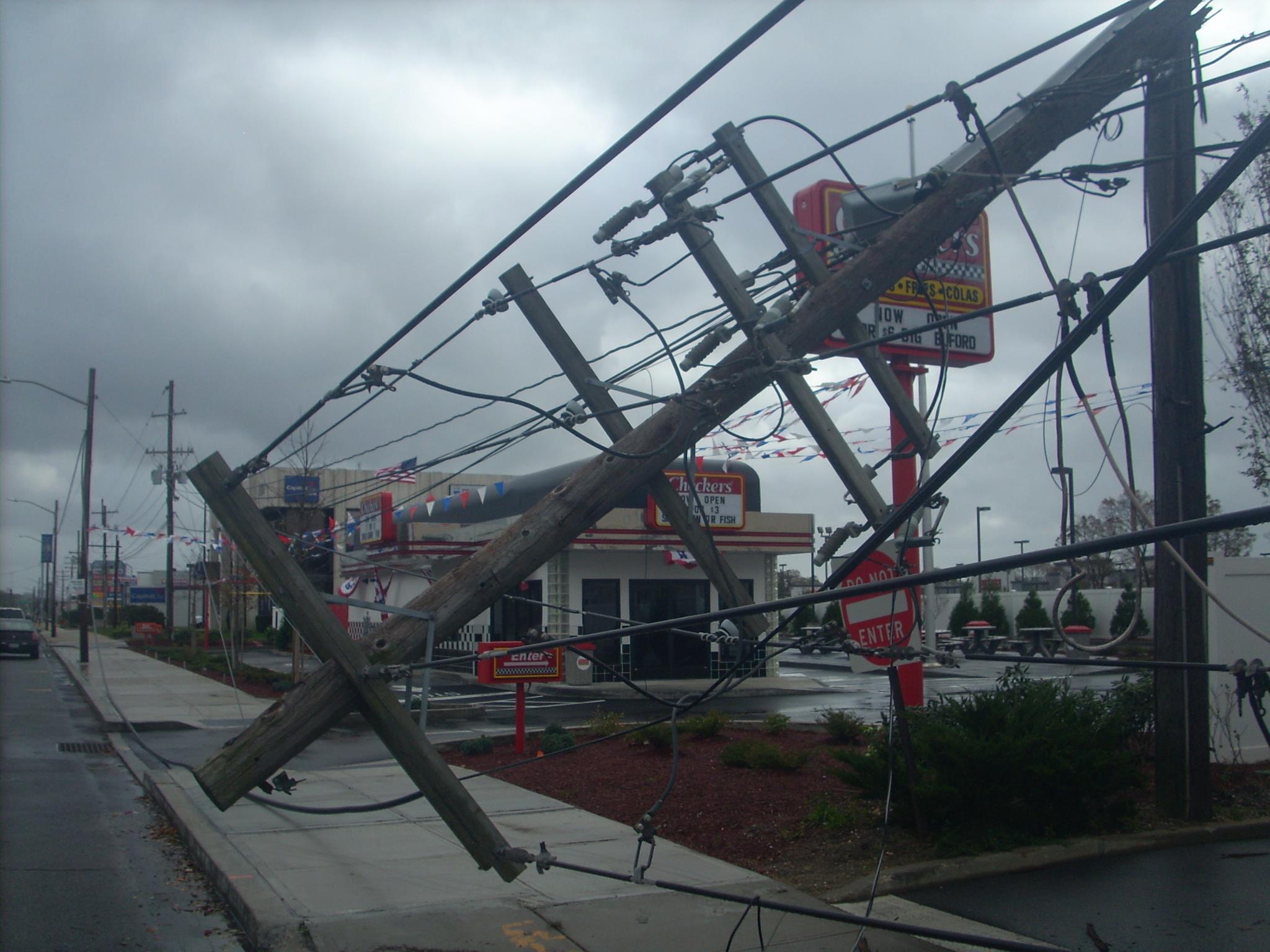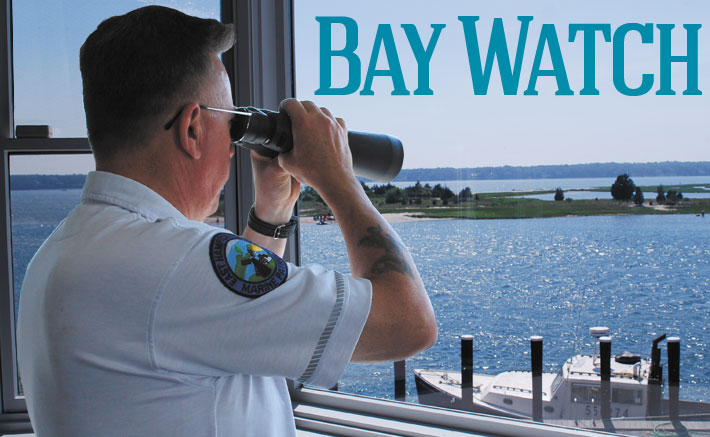By Michael Virtanen, Associated Press Writer
New York conservation officials plan to list Long Island’s Great South Bay among the state’s “impaired waters,” a move to reduce pollution following a second deadly brown tide in two years.
The 45-mile natural harbor, which lies between Long Island and Fire Island and is an arm of the Atlantic Ocean, was once the source of nearly half the clams eaten in the United States.
But the clam beds and water quality have been degraded over the years partly because of occasional large blooms of microscopic algae that turn the water brown and damage the seagrass that requires sunlight and serves as habitat for aquatic life. The causes of brown tide are still being studied.
Maureen Wren, spokeswoman for the Department of Environmental Conservation, said Monday a brown tide last year was less widespread than the previous year, but reached some areas beyond the Great South Bay. She said the bloom began in the spring and lasted almost until the start of the summer.
“The listing will note that the impairment is brown tides, but that the cause is thought to be the result of multiple factors, including nitrogen levels,” she said.
Under the federal Clean Water Act, the DEC designates a list of impaired waters every two years. Its 2008 list included 787 waterways, fewer than previously because of regional efforts to reduce smokestack pollution and acid rain blamed for the degradation of New York lakes.
The department plans to issue its 2010 draft soon, take public comment, then submit a final list to the U.S. Environmental Protection Agency by April 1. Besides the Great South Bay, the DEC also is recommending Moriches Bay, Shinnecock Bay and Inlet, and Quantuck Bay for this year’s list.
Separately, Gov. David Paterson and Sen. Charles Schumer have asked the U.S. Commerce Department to designate the bay a commercial fisheries disaster, making it eligible for federal aid. The bay’s commercial harvest has been depleted for years, long before the governor and Schumer made their request in 2008.
“We cannot wait any longer to address the critical condition of the Great South Bay,” said Schumer, who last year renewed the request for federal help. “The federal disaster declaration would put us on track to receive critical funding to reverse the devastation of the brown tide.”
Carl LoBue, senior marine scientist for The Nature Conservancy, said the first brown tide appeared in the bay in 1985. The worst bloom was in 2008, according to the conservancy.
The Nature Conservancy, which is trying to restore the clam beds in the bay, and other groups requested the “impaired” designation, Wren said. The bay once produced about 700,000 bushels of hard clams a year. It now produces fewer than 10,000 bushels.
The conservancy has reported some success repopulating the beds on 13,400 underwater acres, having stocked more than 3.5 million adult clams in its no-fishing sanctuaries.
“This year, we lost more clams than we had hoped,” spokeswoman Kara Jackson said, adding that the group was still compiling data.
But while seeking more funds and methods to make the bay resistant to chronic harmful algae blooms, she said, the conservancy has made progress with baby clams spawning for the first time in the five years the bay has been restocked.
Galen Tromble, chief of the federal Domestic Fisheries Division, said the agency received supplemental data in November on the request from Paterson and Schumer.
He said that under the law, the agency first has to determine that a fishery disaster occurred, that it was from a valid cause, such as an algae bloom, and that a commercial fishery failed.
“One of the complicating factors is the collapse of the commercial fishing largely happened several decades ago,” he said. “Normally, we’re looking at a situation that caused a direct loss of access in an immediate year.”
He said he expects a decision “before long.”
Copyright 2010 The Associated Press.







